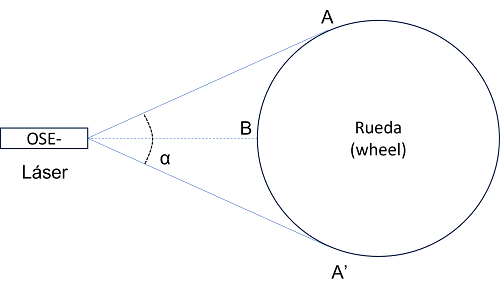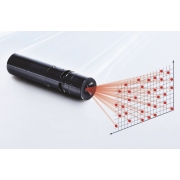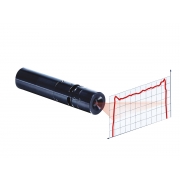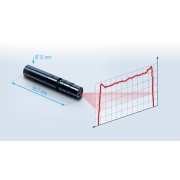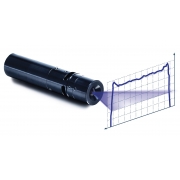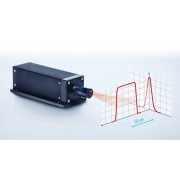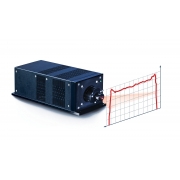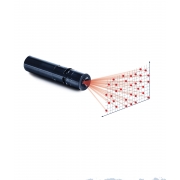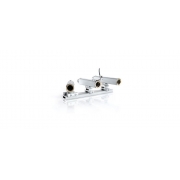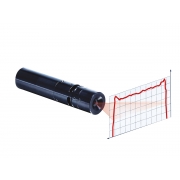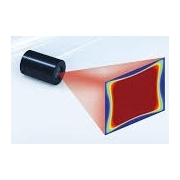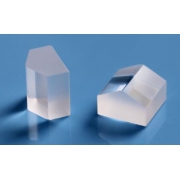MENU
- PRODUCTS
- Laser and light sources
- Diode and DPSS lasers
- Multichannel laser engines
- ns / ps pulsed lasers
- Fiber Lasers & Amplifiers
- Machine vision lasers
- Broadband incoherent sources (LED, gas...)
- Tunable lasers and sources
- Laser diode instrumentation
- Machine vision LED lighting
- Ring Light
- VL-HR: Anillos de luz horizontal
- VL-LR: Anillo de luz de ángulo bajo
- VL-FR: Anillo de luz plano
- VL-RD: Anillo de luz difusa
- VL-FRD: Luz difusa de anillo plano
- VL-LRDH: Luz difusa de anillo de ángulo bajo de alta potencia
- VL-DR: Anillo de luz directa
- VL-LRD: Luz difusa de anillo de ángulo bajo
- VL-ADS: Luz cuadrada directa
- Bar light
- Back Light
- Line Light
- Co-Axial Light
- Uniformed Light
- Lighting For Special Applications
- Trident Light (Built-in function)
- Custum lighting
- Ring Light
- Láseres y Fuentes de Luz
- Photonic instrumentation
- Spectral analysis
- Laser power and energy measurement
- UV-VIS viewers and detectors
- Instrumentation for laser diodes
- Optical metrology
- Laser beam profilers
- Components - optomechanics
- Laser protection and safety
- Laser and light sources
- Imaging systems
- Industrial application cameras
- Area scan cameras (2D)
- Board-level cameras
- Line-scan cameras
- Smart cameras
- Code readers
- 3D Cameras
- Embedded Vision
- Autofocus cameras
- Zoom cameras
- Polarised cameras
- High dynamic range cameras (HDR)
- Machine vision & CCTV lenses/optics
- Industrial PCs
- Frame grabbers / Converters
- Laser/Camera - Protection enclosures
- Microscope cameras
- Robotics
- APPLICATIONS
- CONTACT
- PHOTONICS

